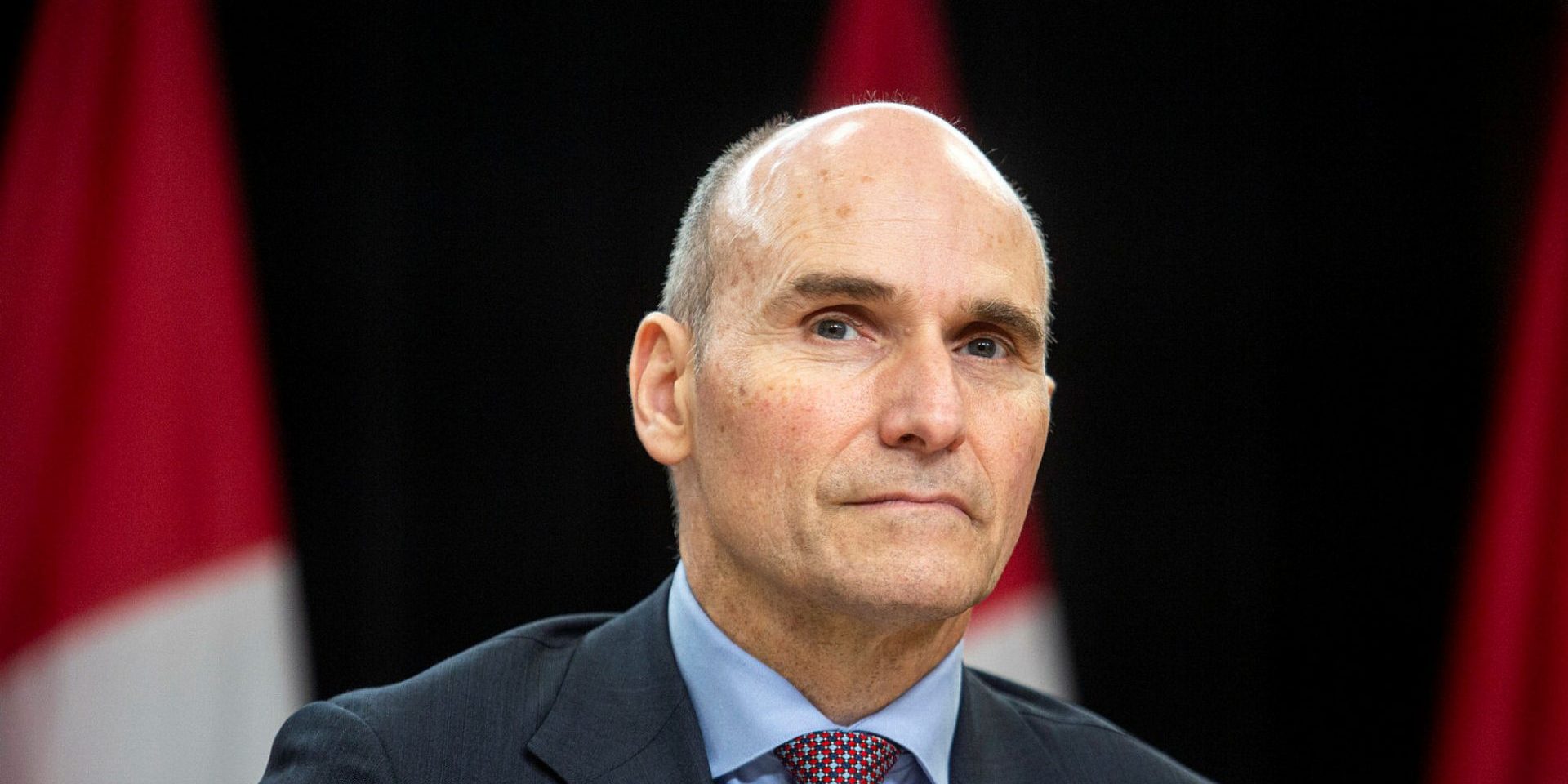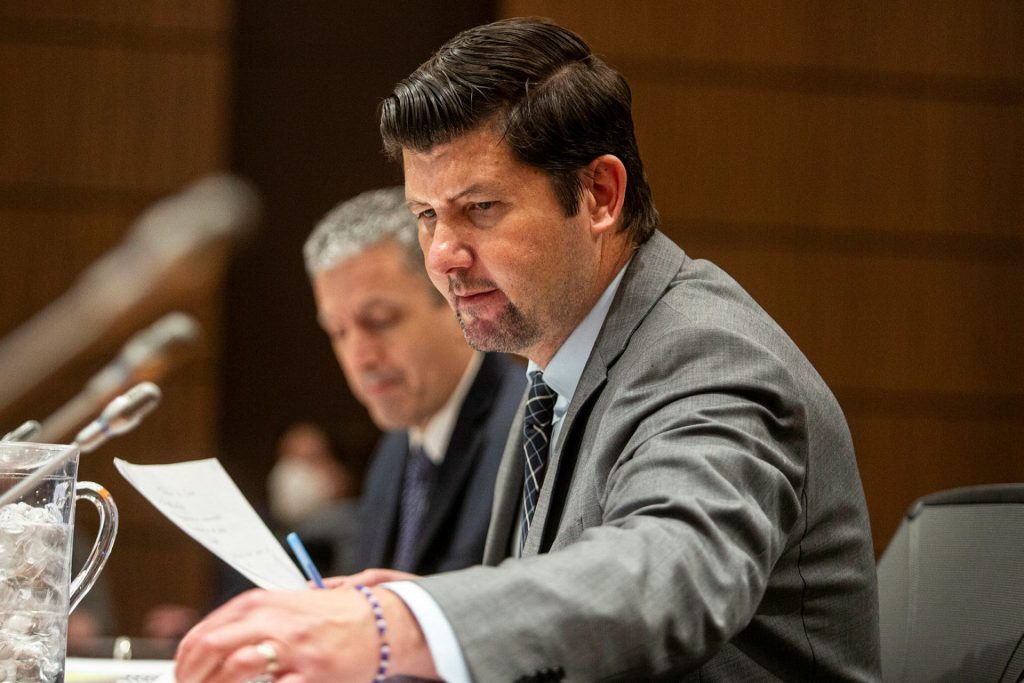Procurement Canada spent $5.4-billion in 2023-24, but plans to shrink workforce in coming years

The federal government’s central purchasing department spent nearly $5.4-billion in fiscal year 2023-24, according to its departmental report released last month, growing its overall spending but also finding the $34.5-million in savings it was asked to as part of Ottawa’s broader fiscal restraint plan.
The 2023-24 departmental results report from Public Services and Procurement Canada (PSPC), published on Dec. 17, 2024, states that the department’s total spending for the fiscal year was $5.37-billion.
That’s an increase of approximately $92-million in fiscal year 2023-24, compared to the $4.45-billion it spent in the previous year. These increases are attributed to higher spending to stabilize issues in the public service pay system, as well as costs for property and infrastructure projects.
Despite those increases, the departmental report highlights a $34.5-million reduction in spending which it says results from streamlining government operations. In the 2023 federal budget, Ottawa pledged to cut spending by $14.1-billion across government over the next five years, and by $4.1-billion each year after that. The report says the $34.5-million in savings found by PSCP meets the target it was given as part of this overall reduction. This was done by focusing on key priorities, and consolidating similar tasks to lower costs which “had minimal impact” on the public, says the report.
Key spending areas
The spending for 2023-24 included $197-million for modernizing procurement practices, $836-million to enhance pay processing and advance the NextGen HR and Pay initiative, and $3.758-billion for updating real property and critical infrastructure projects. The department also spent $175-million on government-wide translation and interpretation services, while the procurement ombud received $5-million to launch studies aimed at fixing procurement issues. Additionally, $404-million was dedicated to internal matters to modernize human resources service delivery.
The report outlines key priorities and achievements for the department, including advances in procurement modernization, efforts to stabilize the public service pay system, and the management of major infrastructure projects.
The department plans to spend approximately $1-million less in 2026-27 than it projects to spend in 2024-25. This decrease is attributed to a series of changes, including the end of funding previously allocated to resolve issues with pay operations and address backlogs.
Increase in full-time staff
The report also shows that in 2023-24 the PSPC employed a total of 18,107 full-time equivalent (FTE) staff, a metric that reflects the total number of full-time work hours, as accounted in the departmental budget for future spending.
This marks a notable increase in staffing over the past three years with the number of FTEs being up from 17,287 in 2022-23 and 16,776 in 2021-22. The department saw a net increase of 1,331 FTEs between 2021-22 and 2023-24, driven largely by increased staffing in its payments and accounting workforce to address pay stabilization and backlogs, as well as growing demands in property and infrastructure services.
However, PSPC forecasts a decrease of 3,838 FTEs in 2026-27, primarily due to the end of temporary funding allocated for pay stabilization.
Procurement highlights
The report highlights that PSPC’s priorities stretched beyond budget cuts to meet key policy targets, with a major focus on modernizing federal procurement processes to increase efficiency and sustainability, and enhancing diversity through the launch of a new Supplier Diversity Program. The report also underscores priorities such as advancing in defence procurement projects related to Canada's NORAD modernization and the National Shipbuilding Strategy.
According to the report, 20 per cent of contracts awarded in 2023-24 went to small and medium businesses. That's below the government’s 40 per cent target. It also continues a trend of a declining share of contracts having been awarded to these businesses, down from 32 per cent in 2021-2022, and 24 per cent in 2022-2023.
The departmental results show that overall client satisfaction with the PSPC’s procurement services was 80 per cent. The government’s procurement process was rated as “easy to access” by 81 per cent of suppliers, while 85 per cent rated the process as “fair and transparent.”
According to the departmental results, 79 per cent of all contracts were awarded through a competitive process, whereby multiple vendors submit bids, and contracts are awarded based on factors like cost and quality. In contrast, sole-source contracts involve selecting a single vendor to meet unique, urgent needs, or to provide specialized expertise.
The participation of Indigenous suppliers in procurement processes rose to 10 per cent in 2023-24, up from seven per cent the previous year. However, the result falls short of the government’s 11 per cent target.
The percentage of procurement participation by women-owned businesses met its target of 15 per cent in 2023-2024, a slight increase from 14 per cent the year before.
PSPC exceeded its 45 per cent target for green procurement, with 51 per cent of contracts including "green" goods and services. According to the report, 55.9 per cent of Crown-owned buildings are in fair or better condition, while 42.3 per cent of Crown-owned heritage buildings are in fair or better condition. Meanwhile, 95 per cent of real property projects were delivered within scope, on time, and on budget.
According to the report, PSPC faced challenges in addressing outstanding pay issues with 112,273 public servants potentially affected by inaccurate payments. PSPC dedicated 120 pay processors to tackle critical backlogs, implemented automation to reduce manual work, and advanced efforts to improve data alignment between pay and pensions, noted the report.
The report also noted that PSPC is working on new measures to better respond to violations related to human rights, human trafficking, and forced labour, and is exploring the use of artificial intelligence in its linguistic services to improve accessibility and efficiency.
Interest in procurement ombud's work skyrockets
The report also highlighted that the Office of the Procurement Ombud (OPO) website saw a remarkable 199.8 per cent increase in new visits over the last year. The federal procurement watchdog saw a nearly 30 per cent increase in complaints from suppliers working on federal contracts compared to the previous fiscal year.

This comes after a year when procurement issues frequently made headlines. This past fall, media reports indicated that non-Indigenous firms exploited government procurement strategies to reap millions of dollars intended for the benefit of Indigenous Peoples.
Procurement Ombud Alexander Jeglic's January 2024 report on the $59.5-million ArriveCan app procurement provided the first concrete revelations of procurement irregularities. Jeglic's April report on federal contracts awarded to McKinsey and Company found favouritism towards the firm allowing it to secure millions of dollars worth of contracts.
ikoca@hilltimes.com
The Hill Times






 LICENSING
LICENSING PODCAST
PODCAST ALERTS
ALERTS













